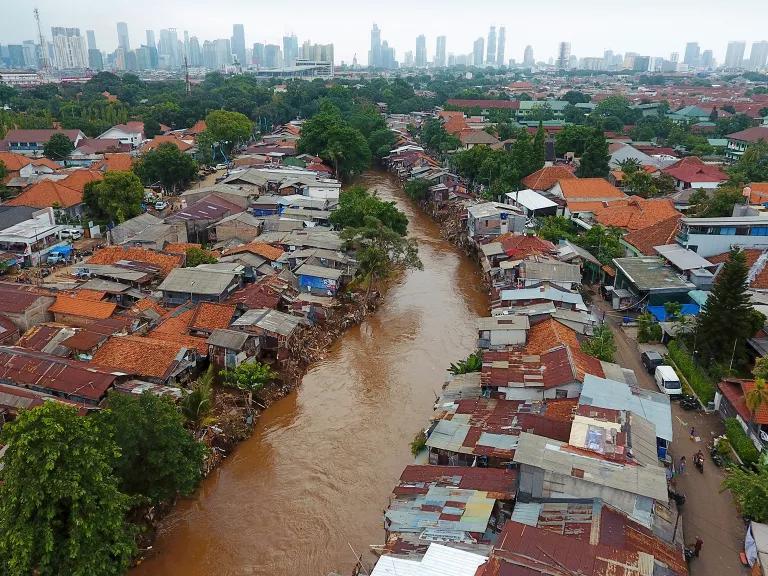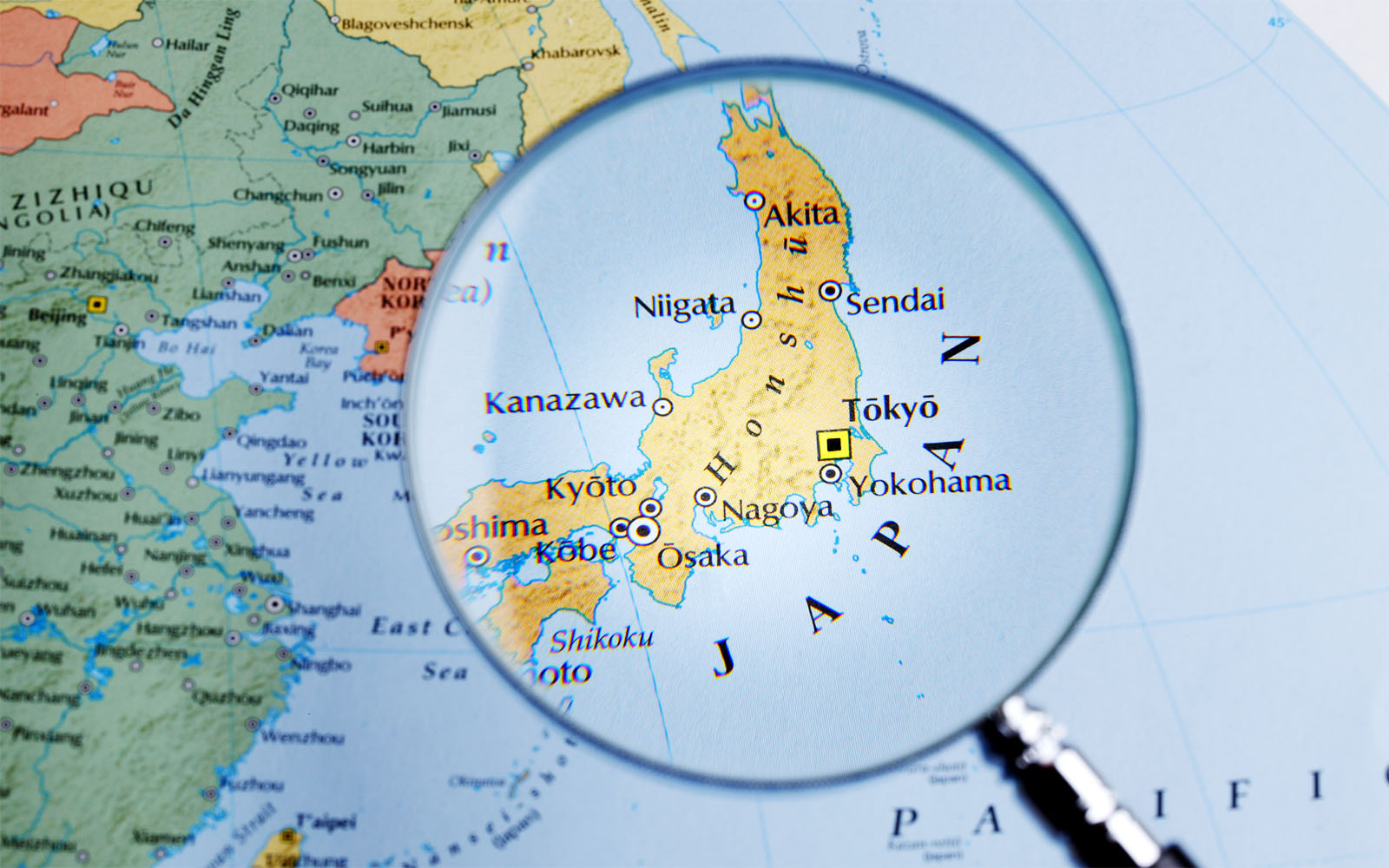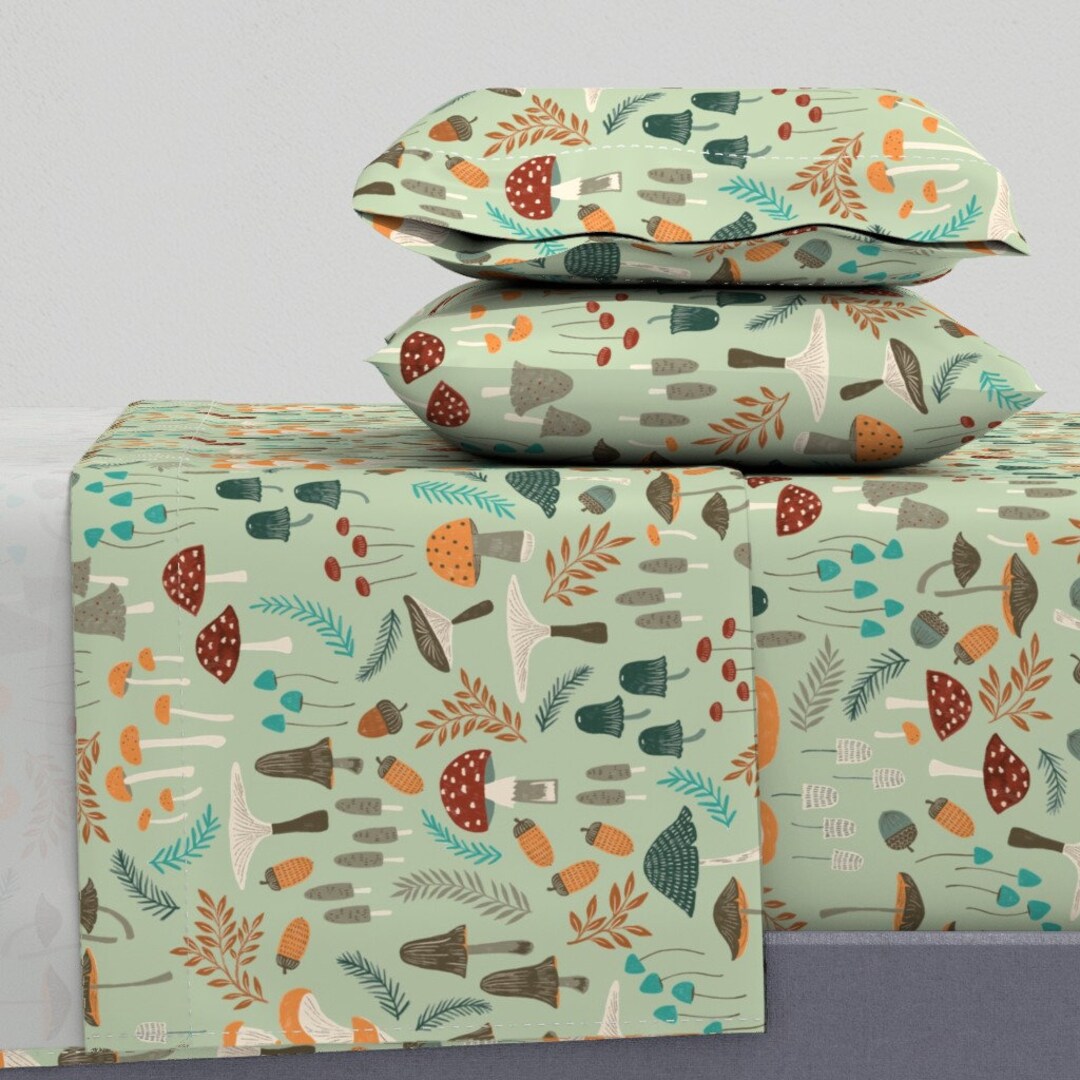Discover Pandipedia
Pandipedia is the world's first encyclopaedia of machine generated content approved by humans. You can contribute by simply searching and clicking/tapping on "Add To Pandipedia" in the answer you like. Learn More
Expand the world's knowledge as you search and help others. Go you!

Scavengers play a vital role in ecosystems by breaking down dead animals, known as carrion, and recycling nutrients back into the environment. This process helps maintain a clean habitat and prevents the spread of disease by rapidly consuming decaying matter before pathogens can proliferate. For instance, vultures, which are specialized scavengers, effectively eliminate harmful bacteria and toxins through their potent digestive systems and behaviors[1][2][4].
Moreover, scavengers contribute to the stability of food webs by preventing the accumulation of carcasses, which can lead to secondary declines in other species and increased disease spread[5][6]. Their adaptability allows them to thrive in diverse environments, ultimately supporting ecosystem resilience[3][5].
Let's look at alternatives:
- Modify the query.
- Start a new thread.
- Remove sources (if manually added).
- Request a manual search from our human research team.
.jpg)
Coastal regions are among the most affected by climate change, facing a multitude of challenges that threaten both their ecosystems and human livelihoods. The following sections detail the various impacts of climate change on these vulnerable areas, drawing from an array of sources.
Rising Sea Levels

One of the most significant threats to coastal areas is the rise in sea levels. This phenomenon is primarily driven by two factors: the thermal expansion of seawater due to increasing ocean temperatures, and the melting of glaciers and polar ice sheets. According to projections, global mean sea levels are expected to rise by approximately one foot (0.28 meters) by 2050 and could exceed three feet (1 meter) by 2100 under intermediate scenarios. In extreme scenarios, levels could rise by up to 6.6 feet (2 meters) by the end of the century if significant climate action is not undertaken[2]. This rise poses existential risks for small island states and densely populated coastal cities worldwide.
As sea levels increase, the impacts are not uniform; local variations occur due to gravitational effects, tides, and ocean currents. Some areas may experience sea level rises significantly above the global average, amplifying risks of flooding, erosion, and habitat loss[4]. The effects of sea-level rise also exacerbate storm surges associated with extreme weather events, leading to more frequent and severe flooding in coastal areas[4].
Coastal Erosion and Loss of Habitat

The coastal systems, including wetlands and mangroves, play critical roles in buffering against storms and providing habitats for numerous species. However, as sea levels rise and wave heights increase, these ecosystems face severe degradation and loss. Coastal erosion threatens not only these natural habitats but also human infrastructure[1]. The ongoing degradation of important coastal ecosystems, such as mangrove forests, results from climate impacts like rising sea levels and changing precipitation patterns, with significant implications for biodiversity and local fisheries[1][2].
Increased Frequency of Extreme Weather Events

Climate change is linked to an increase in the frequency and intensity of extreme weather events, such as hurricanes and tropical cyclones. These events pose immediate risks to coastal communities, resulting in flooding, destruction of property, and loss of life. The merging of high sea levels with storm surges during these events can lead to catastrophic outcomes. For instance, research indicates that every 10 cm of sea-level rise can triple the frequency of a given coastal flood, compounded by storm effects[4].
In addition to storm activity, regions are also experiencing higher occurrences of nuisance flooding during high tides and increased erosion rates, which impact urban infrastructures in many coastal areas[2][3].
Economic Impacts

The economic ramifications of climate change for coastal regions are profound. Ports, which facilitate over 80% of global trade, are increasingly at risk. Alarmingly, one-third of global sea ports are situated in areas vulnerable to severe cyclones, and many face threats from rising water levels. Economic activities critical to coastal economies, such as tourism, fisheries, and aquaculture, are jeopardized by climate-induced changes[1][2].
For developing nations, the loss of revenue from disaster response can reduce tax bases and impede efforts in education and health care, pushing these countries deeper into cycles of poverty and debt[1].
Social and Health Impacts

Socially, the implications of climate change lead to displacement of communities, particularly those in low-lying coastal areas. Rising sea levels are driving both voluntary and involuntary migration, raising concerns over “climate refugees.” The threat of permanent inundation forces communities to relocate, creating pressure on urban infrastructures and services in destination areas, often leading to increased health risks and social unrest[1][3][2].
Food security is another critical issue arising from climate impacts. Coastal flooding, saltwater intrusion into freshwater supplies, and deteriorating agricultural conditions threaten food production, which is essential for both urban and rural communities[1]. In terms of health, the increased stress on emergency responsiveness, coupled with rising incidences of waterborne diseases due to compromised clean water access and health infrastructure from flooding, creates a dual burden on local populations[1][4].
Addressing the Challenges

To combat these multifaceted challenges, a multidisciplinary and collaborative approach is essential. The UN's Sustainable Development Goals emphasize the need for policies that address the physical, social, economic, and environmental vulnerabilities faced by coastal communities[1]. Coastal cities must proactively adapt through sustainable development strategies that encompass infrastructure resilience, the restoration of natural defenses like wetlands, and community engagement in disaster preparedness[3][5].
Conclusion
Climate change presents a formidable challenge to coastal regions worldwide, influencing rising sea levels, increased storm intensity, erosion, economic and social dynamics, and food security. A proactive and collaborative global response is crucial to mitigate these impacts and safeguard coastal communities for future generations.
Let's look at alternatives:
- Modify the query.
- Start a new thread.
- Remove sources (if manually added).
- Request a manual search from our human research team.
Get more accurate answers with Super Search, upload files, personalised discovery feed, save searches and contribute to the PandiPedia.
The Origin Story of PlayStation's Gran Turismo

Early Beginnings
The story of PlayStation's Gran Turismo dates back to 1992, when Kazunori Yamauchi, then a staff member at Sony Music Entertainment, began to develop a vision for a realistic driving simulator. His initial concept aimed at creating 'the ultimate driving simulator with real licensed cars,' bridging the gap between arcade-style racers and hardcore simulations. However, his first pitch to the PlayStation executives was rejected, leading him to focus instead on developing a cartoon racing game, Motor Toon Grand Prix, which was released in December 1994. This game helped Yamauchi gain the trust of Sony executives and laid the groundwork for his future endeavors in the racing genre[4][7][9][12].
The Development of Gran Turismo

The real development of Gran Turismo commenced after the success of Motor Toon Grand Prix. Yamauchi began working on the project officially in 1993. His small team, known as Polys Entertainment, initially consisted of only five members and gradually expanded to about 17 personnel. Gran Turismo was developed over a total of five years, as Yamauchi and his team worked diligently to create a game that emphasized realism and a detailed car physics simulation. They incorporated various driving mechanics and a vast array of licensed vehicles, aiming to provide an unparalleled experience for players[2][10][14].
Despite his commitment and vision, Yamauchi faced significant challenges. He struggled to convince the executives of PlayStation about the value of a realistic racing game, leading to uncertainty about the project’s future. Nonetheless, Yamauchi persisted, working on Motor Toon Grand Prix while simultaneously handling Gran Turismo as a side project. It was during this period that he managed to gain approval to develop the game after demonstrating his capabilities with the earlier titles[5][9][12].
Collaboration and Features

The collaboration with automobile manufacturers was a crucial element of Gran Turismo's development. Yamauchi, at just 25 years old, directly contacted various automakers, beginning with Toyota, and secured partnerships essential for including real cars in the game. Yamauchi noted that he once looked up the phone number of an automaker’s representative and made a presentation that lasted about two and a half hours, leading to their collaboration[4][7].
Gran Turismo featured a unique blend of racing and role-playing game elements; players could start with entry-level vehicles, earn prize money, and upgrade their cars over time. The game also showcased realistic handling and physics, setting a new standard for racing games. Notably, it included a roster of over 150 licensed vehicles, far surpassing any other game at the time. The attention to detail in car behaviors and the incorporation of a comprehensive tweaking and modification system contributed to the game's appeal to car enthusiasts and casual gamers alike[1][2][3][7].
Release and Impact

Gran Turismo was released in Japan on December 23, 1997, followed by releases in North America and Europe in 1998. Upon its launch, Gran Turismo garnered massive anticipation and eventually became a commercial phenomenon, selling over 11 million copies worldwide. It established itself as a groundbreaking title in the racing genre due to its realism, intricate vehicle dynamics, and in-depth career mode, which integrated RPG elements into the racing experience. The game's success significantly impacted both the gaming and automotive industries, leading to the establishment of the Gran Turismo franchise[3][4][7][9][10].
Legacy

The legacy of Gran Turismo extended far beyond its groundbreaking mechanics and innovative gameplay. It not only set new benchmarks for racing simulations but also solidified Polyphony Digital as a prominent entity in the gaming industry. The series continued to evolve, maintaining its core values of realism and passion for cars and racing, ultimately securing a significant place in video game history. The impact of Gran Turismo was further highlighted by the release of the film 'Gran Turismo' in 2023, which tells the gripping story of Jann Mardenborough, a teenager who became a professional racing driver after competing in the GT Academy, a program that recruited skilled players from the Gran Turismo video game[3][9][12].
Kazunori Yamauchi's journey from a budding game developer to a leading figure in the video game industry is emblematic of the innovation and dedication that shaped the creation of Gran Turismo—a title that transformed the racing game genre and continues to influence future developments in gaming.
Let's look at alternatives:
- Modify the query.
- Start a new thread.
- Remove sources (if manually added).
- Request a manual search from our human research team.

Web development frameworks started to gain popularity around the mid-2000s with the release of jQuery in 2006, which simplified tasks like DOM manipulation and event handling[5]. Subsequently, frameworks such as AngularJS in 2010, React in 2013, and Vue.js in 2014 further contributed to the rising trend of using frameworks to improve code structure, performance, and user experience[1][3]. Additionally, the emergence of CSS frameworks like Blueprint, 960, YUI Grids, and YAML, as well as the release of Bootstrap in 2011 and Foundation in the same year, played a significant role in popularizing web development frameworks and making grid systems more accessible to designers and developers[2]. Overall, the adoption of web development frameworks has offered various benefits such as reducing development time, standardization, easier portability, responsive design, improved security, scalability, sustainability, and community support[4].
Let's look at alternatives:
- Modify the query.
- Start a new thread.
- Remove sources (if manually added).
- Request a manual search from our human research team.

Boll & Branch Signature Hemmed Sheet Set
Luxuriously soft and made from Global Organic Textile Standard-certified cotton, offering a high-end look and breathable feel[6].
Brooklinen Core Luxe Sheets
Known for their buttery feel and smooth texture, these sheets feature a 480-thread count and come in multiple colors, ensuring a fashionable addition to any bedroom[7].
Saatva Sateen Sheet Set
These sheets are made from sustainably sourced long-staple cotton, providing an ethical option without sacrificing comfort. They have a thread count of 300, suitable for various mattress sizes[7].
Peacock Alley Sateen Sheet Set
Featuring 420-thread count extra-long staple cotton, they promise a buttery soft feel and are available in various colors[7].
Lands’ End Premium Supima Cotton Sateen Sheet Set
Praised for its smooth texture and breathability, this sheet set is durable and maintains quality over time[6].
Threshold 400 Thread Count Printed Performance Sheeting
A budget-friendly option that feels premium despite its lower price point, making it accessible for those looking for comfort without breaking the bank[6].
:max_bytes(150000):strip_icc()/garment-washed-sateen-sheet-collection-lilac-mist-10fac52c3d8241648a2050a890aa2c43.jpg)
L.L. Bean Garment Washed Sateen Collection
Known for durability and a soft touch, with a medium weight and minimal wrinkling post-wash, perfect for a cozy sleep[6].

The Company Store Basic Cotton Sateen Sheet Set
A simpler option that still retains a luxury feel and moderate pricing, suitable for everyday use[2].
Cuddledown Sateen Sheet Set
Offers a wrinkle-resistant finish and luxurious softness, ideal for those who want hotel-like bedding at home[1].

SCOOMS Egyptian Cotton Bedding
With a 600 thread count, it is extremely soft and retains its shape and texture after washing[4].
Quince Luxury Organic Signature Sheet Set
Made from long-staple organic cotton, offering heaviness and comfort while remaining breathable[7].

Emma 100% Cotton Sateen Duvet Cover
This set feels luxurious while being easy to care for, perfect for those who appreciate elegance without too much upkeep[4].
Sleep Number Performance Sheets
Designed for ultimate comfort with moisture-wicking properties, ideal for those who value sleep quality[1].
AllModern Sateen Sheet Set
An affordable yet luxurious option with a simple design that fits well in any modern bedroom[2].
Sheex Performance Sateen Sheets
Known for their athletic fabric properties, these sheets are breathable and moisture-wicking, making them perfect for active sleepers[1].
Macy’s Hotel Collection Sateen Sheets
Offering that luxurious hotel experience, made with high-quality cotton to ensure comfort and softness[2].
Riley Home Sateen Sheets
Known for their breathable fabric and deep pockets, ideal for thicker mattresses[1].
Ettitude Bamboo Lyocell Sateen Sheets
Soft and eco-friendly, these bamboo sheets are reputed for their cooling properties, suitable for hot sleepers[2].
Cozy Earth Bamboo Sateen Sheets
Made from 100% bamboo viscose, hypoallergenic and incredibly soft, making them appealing for sensitive skin[7].
Mushroom Linens Supima Cotton Sateen Set
Featuring a refined finish and breathable qualities ideal for warm climates[1].
Tencel Lyocell Sateen Sheets by Brooklyn Bedding
Luxurious and eco-friendly, these sheets provide a soft feel and are easy to care for[7].

Dusk Portofino Waffle 200 Thread Count Bedding Collection
A unique choice providing a lovely textured finish along with comfort[4].
Let's look at alternatives:
- Modify the query.
- Start a new thread.
- Remove sources (if manually added).
- Request a manual search from our human research team.

Color plays a significant role in fashion, extending beyond mere aesthetics to influence emotions, perceptions, and interpersonal dynamics. The psychology of color explores how different hues can evoke specific moods and feelings, thereby impacting both individual self-expression and societal trends in fashion.
The Emotional Impact of Colors
Colors are profoundly capable of eliciting emotional responses. For instance, red is often regarded as a color of passion, energy, and excitement. It stimulates feelings of confidence and is frequently used in fashion to make bold statements—be it in a romantic setting or a professional environment, where a red garment can enhance a person’s perceived attractiveness and assertiveness[2][11].
Conversely, blue is associated with tranquility and stability. It is known to foster a sense of calmness, making it a popular choice for job interviews and corporate attire, as it conveys reliability and professionalism[11]. This color's soothing qualities can help reduce anxiety, creating a balanced atmosphere for both the wearer and those around them.
Yellow, often linked with happiness and optimism, can uplift one's mood and stimulate creativity. Wearing yellow is known to project a cheerful disposition, which can positively influence social interactions[6][8]. However, it's important to note that overly bright shades of yellow may sometimes evoke feelings of irritation if used excessively[8].
Green signifies balance, harmony, and connection to nature. It evokes feelings of renewal and freshness, making it an excellent choice for conveying a sense of well-being[7][9]. This color can create a calming effect, making it highly suitable for casual or laid-back settings.
Black, emblematic of elegance and sophistication, is often wielded as a tool of authority and formality in fashion. It can enhance a person’s appearance, projecting strength and confidence while also being versatile enough for various occasions[10][11]. In contrast, white typically represents purity and simplicity, embodying cleanliness and new beginnings. It is generally perceived as a refreshing choice, particularly in summer wardrobes[7][9].
Color Choices and Personal Expression

Fashion choices often reflect personal feelings and identities through the lens of color. The colors selected for clothing can serve as silent communicators about a person's mood or personality. For example, vibrant hues like orange exemplify enthusiasm and friendliness, encouraging an approachable image in social contexts[8][11].
The impact of color extends beyond individual attire to shape entire fashion trends and brand identities. Designers are increasingly aware of the psychological effects of colors, utilizing them to evoke specific emotions that resonate with their target audiences. This strategic use of color can influence consumer behavior significantly; for instance, incorporating warm colors may create a lively atmosphere, while colder tones might project professionalism and calmness[6][2][10].
Color theories play a pivotal role in wardrobe planning. Understanding which colors complement one's features can enhance an outfit's overall impact. For instance, experimenting with color combinations can reveal which hues evoke positivity or confidence, bolstering self-esteem and influencing how others perceive the individual[7][9].
Cultural Nuances in Color Perception

Cultural context greatly influences color interpretation. For example, while red commonly symbolizes love and passion in Western cultures, it can denote luck and happiness in Chinese culture. Similarly, white is often associated with purity in Western weddings, but it signifies mourning in some Eastern traditions[3][11]. Such cultural variances highlight the importance of awareness when selecting colors for certain occasions or environments.
Color in Fashion Trends

The fashion industry continually evolves, with designers often tapping into color psychology to reflect societal moods and shifts. For example, vibrant and playful colors have surged in popularity post-pandemic, symbolizing a collective desire for joy and optimism. Designers like Stella McCartney and Moschino have embraced bold color palettes that aim to uplift and inspire, emphasizing how color can inform both personal style and broader fashion narratives[10][11].
By studying color psychology and applying its principles, individuals can make intentional fashion choices that enhance their mood and effectively communicate their identity. Understanding the effects of specific colors allows both consumers and designers to create meaningful connections through fashion, transforming attire into a powerful medium of self-expression and emotional communication.
In summary, the impact of color in fashion transcends visual appeal, resonating on emotional and cultural levels. By recognizing the emotional associations and social implications of colors, both individuals and designers can navigate the complex relationship between color, mood, and style, ultimately using fashion as a means to express authenticity and connection.
Let's look at alternatives:
- Modify the query.
- Start a new thread.
- Remove sources (if manually added).
- Request a manual search from our human research team.
Get more accurate answers with Super Search, upload files, personalised discovery feed, save searches and contribute to the PandiPedia.

The invention of the sail is credited to ancient civilizations, particularly the Egyptians, with evidence supporting this assertion. The earliest known use of sails dates back to around 4000 BCE in ancient Egypt, where individuals began constructing simple sailing vessels using reeds, which were then equipped with a rudimentary sail made of cloth suspended from a mast to harness the wind for propulsion[1][4][6][10].
Other early references to the sail indicate that by 3000 BCE, the Egyptians were utilizing square sails on boats primarily for use on the Nile River. These developments in sailing technology contributed significantly to navigation and trade, facilitating movement along waterways[2][3][5][11].
Additionally, archaeological evidence suggests that sailing boats were also being utilized in Mesopotamia around the same time, with depictions dating back to approximately 5500 BCE[3][10]. The idea of utilizing sails is believed to have evolved as a result of experimentation, where early humans likely noticed the effectiveness of using a fabric to catch the wind, thereby propelling their vessels forward[10].
Overall, while a specific individual cannot be identified as the 'inventor' of the sail due to its ancient origins, the early contributions from civilization such as the Egyptians and Mesopotamians were vital to its development.
Let's look at alternatives:
- Modify the query.
- Start a new thread.
- Remove sources (if manually added).
- Request a manual search from our human research team.

The difference between 'Japan' and 'Nippon' lies in their usage and origin. 'Japan' is the Anglicized name for the country, derived from Marco Polo's reference to 'Cipangu,' likely from the Malaysian word 'Jih-pun,' meaning 'origin of the sun'[3]. In contrast, the Japanese names 'Nihon' and 'Nippon' (日本) are both used by Japanese speakers, with 'Nihon' being the more common form in everyday conversation, while 'Nippon' is often used in formal or official contexts, such as sports events and nationalistic expressions[2][5] .
Historically, 'Nihon' emerged around 700-800 AD and translates to 'the origin of the sun,' indicating Japan's position to the east of the Asian continent[4][3]. 'Nippon' is typically associated with a more formal tone and national pride, while 'Nihon' carries a more casual connotation, especially among younger generations[3][1]. Both terms are accepted and understood, but context often dictates which is used: 'Nippon' is favored in official documents and sports, while 'Nihon' is prevalent in daily life and casual discussions[1][4].
Let's look at alternatives:
- Modify the query.
- Start a new thread.
- Remove sources (if manually added).
- Request a manual search from our human research team.

Yerba mate, derived from the leaves of the Ilex paraguariensis plant, is a traditional herbal tea popular in South America, especially in Argentina, Brazil, Paraguay, and Uruguay. This unique infusion boasts a variety of health benefits, making it increasingly popular worldwide. Below, we explore the numerous benefits associated with yerba mate consumption.
Rich in Antioxidants
Yerba mate is packed with antioxidants, particularly polyphenols, which help combat oxidative stress in the body. These compounds play a crucial role in protecting cells from damage caused by free radicals, thus contributing to overall health. The antioxidant content of yerba mate has been shown to be higher than that of green tea, making it a potent addition to any health regimen[1][6].
Boosting Energy and Mental Focus

One of the most celebrated benefits of yerba mate is its ability to enhance energy levels and mental clarity. It contains approximately 78-80 mg of caffeine per cup, which provides a moderate stimulant effect similar to coffee but with fewer side effects such as jitteriness. This makes yerba mate a preferred choice for those seeking an energy boost without the anxiety often associated with high caffeine consumption. Additionally, its unique combination of caffeine, theobromine, and theophylline contributes to a more sustained energy release, promoting better mental focus and alertness[2][3][7].
Supporting Weight Management

Research indicates that yerba mate may aid in weight management by enhancing metabolism and promoting fat oxidation. Studies suggest that yerba mate can delay gastric emptying and increase feelings of fullness, which can be beneficial for those trying to control their appetite[3][7]. A notable study found that participants consuming yerba mate daily lost an average of 1.5 pounds (0.7 kg) over 12 weeks, while those given a placebo gained weight, highlighting yerba mate's potential in weight loss strategies[1][5].
Cardiovascular Health
The cardiovascular benefits of yerba mate are attributed to its antioxidant properties, which help lower LDL ('bad') cholesterol levels and improve overall heart health. Regular consumption of yerba mate has been linked to improved lipid profiles and reduced triglycerides, supporting cardiovascular wellness. Some studies suggest that yerba mate may protect against arterial damage, contributing to better circulation and heart function[3][4][5][7].
Anti-Inflammatory and Immune Support
Yerba mate contains saponins and other compounds that exhibit anti-inflammatory properties. These components may help modulate the immune system, reducing inflammation throughout the body. With its rich content of vitamin C and other nutrients, yerba mate may also enhance the body's natural defenses against common illnesses[1][4][5].
Digestive Health

Historically, yerba mate has been used to support digestive health. The infusion is thought to aid in the production of digestive acids and improve intestinal motility, which can alleviate issues such as bloating and constipation. Additionally, some studies have highlighted yerba mate's potential benefits for maintaining a healthy gut microbiome[3][4][7].
Potential Anti-Cancer Properties
While research is ongoing, some studies suggest that the antioxidants found in yerba mate may possess anti-cancer properties. Compounds such as chlorogenic acid have demonstrated efficacy in preventing cancer cell growth in vitro, though more extensive human studies are required to substantiate these claims[1][2][8]. Notably, concerns exist regarding the consumption of hot yerba mate, as some studies have linked it to an increased risk of certain cancers, primarily due to the high temperature of consumption rather than the mate itself[3][7].
Social and Cultural Significance

Beyond its health benefits, yerba mate holds significant cultural importance in South America. The ritual of sharing mate, typically from a gourd and sipped through a metal straw (bombilla), fosters social connections and community bonding. This communal aspect enhances its emotional and mental health benefits, as sharing moments around mate can improve feelings of belonging and well-being[2][5][7].
Conclusion
In summary, yerba mate infusions offer a multitude of health benefits that encompass physical, mental, and social well-being. With its high antioxidant content, ability to boost energy and focus, support for weight management, and cardiovascular health, yerba mate is a valuable addition to a balanced diet. However, as with any caffeinated beverage, moderation is key to maximizing its benefits while minimizing potential risks related to caffeine sensitivity or high-temperature consumption. As interest in healthy living continues to rise, yerba mate stands out as a worthwhile option for those seeking both cultural richness and health-enhancing properties in their beverages.
Let's look at alternatives:
- Modify the query.
- Start a new thread.
- Remove sources (if manually added).
- Request a manual search from our human research team.

Cultural identity is defined as a part of a person's identity related to their belonging to a particular group, encompassing beliefs, norms, behaviors, and values deemed acceptable by that group. It develops through socialization, which includes category labels, cultural knowledge, and social connections, as individuals interpret and incorporate surrounding cultural signals into their self-identity[1][2].
Moreover, cultural identity is dynamic and can evolve over time as people interact with various groups and contexts. It plays a critical role in how individuals interpret and react to different situations, influencing personal and professional interactions[2][6]. Understanding one's cultural identity can lead to greater self-awareness and improved interpersonal relationships[2][5].
Let's look at alternatives:
- Modify the query.
- Start a new thread.
- Remove sources (if manually added).
- Request a manual search from our human research team.












:max_bytes(150000):strip_icc():format(webp)/spr-product-quince-luxury-organic-signature-sheet-set-hwortock-018-87afc8edb5214331bb31156cdfd9f25d.jpg)
:max_bytes(150000):strip_icc():format(webp)/quince-luxury-organic-signature-sheet-set-9cd083116ede49ff83b0d06e891849d9.jpg)
:max_bytes(150000):strip_icc():format(webp)/spr-product-quince-luxury-organic-signature-sheet-set-hwortock-018-87afc8edb5214331bb31156cdfd9f25d.jpg)
















